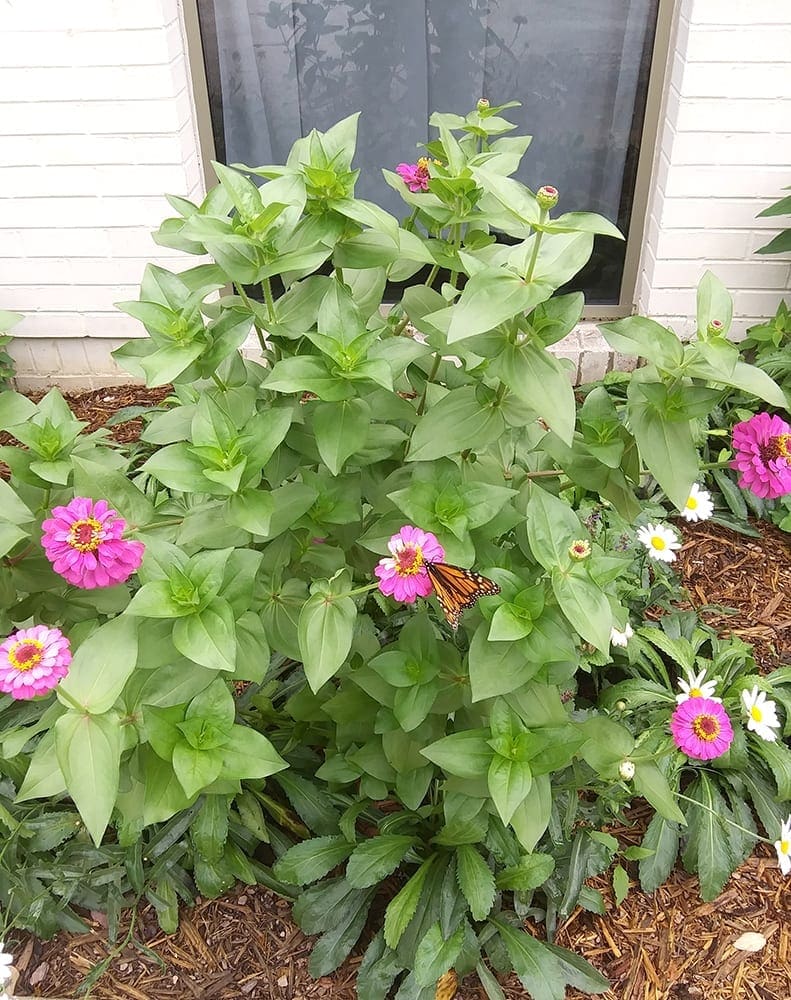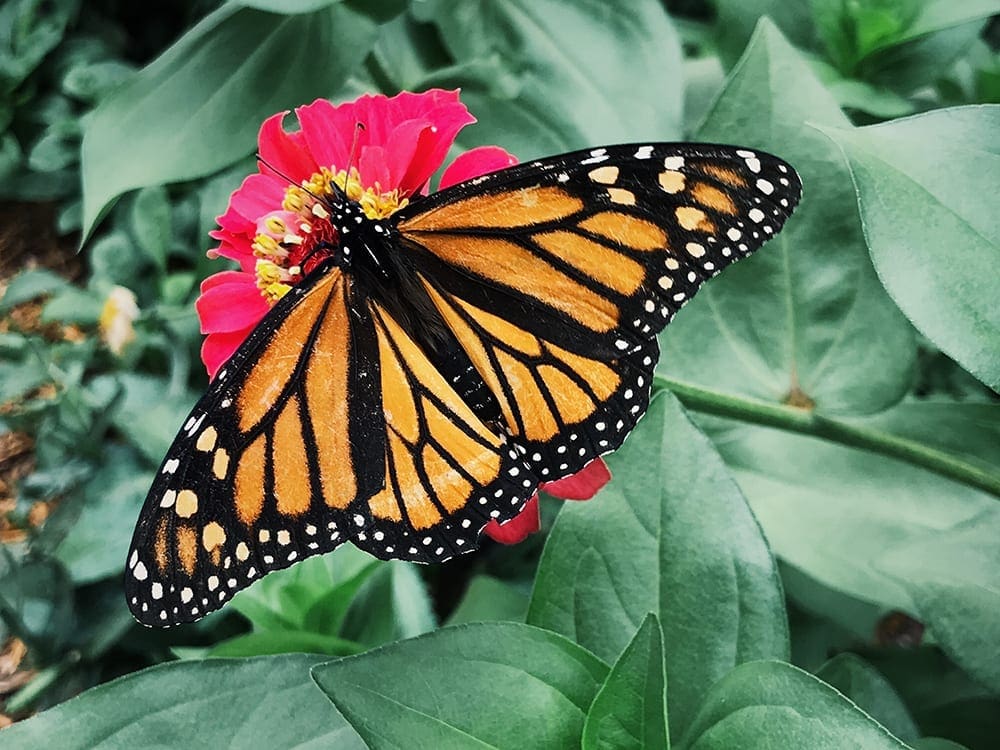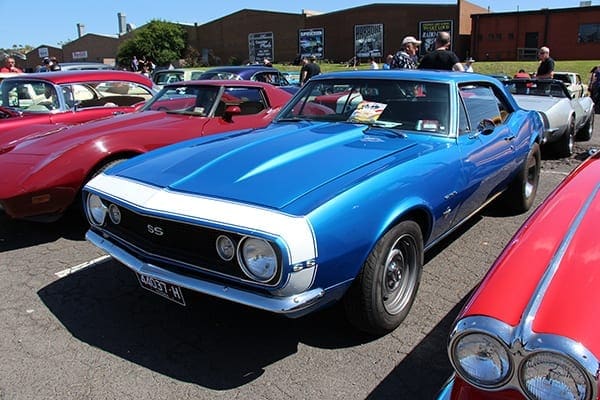Window
We love it when folks stop by our museum to look around, and when big yellow buses creep up to disgorge loads ‘o kids. All day, people come and go—they’re the reason why we’re here. I imagine that very few visitors realize that beneath their feet lies a subterranean world where folks toil with the museum’s unseen internal workings. Those of us stationed in the basement are light-heartedly referred to as “dungeon dwellers.” It’s a bit like a sensory deprivation chamber down here, a near total lack of sound, outside stimuli, and natural light. Some days we only pop up above ground for lunch and breaks, otherwise oblivious to happenings above and of weather’s capricious whims. For a few hours it’s easy to forget there’s a world of light and life above us.
Ascending the stairs from our basement, there’s a ground-level window looking west from a landing near the summit. Whipping back a curtain that keeps afternoon sun from baking the stairwell presents a worm’s eye view of the world outside. Rising from the basement, it’s our first dose of sunlight, served with a sliver of western sky, a glimpse of weather not quite here yet. Atmospheric reality thus revealed often surprises, does not agree with expectation. Weather doesn’t care, changed its mind while we were underground. Welcome to the Ozarks.
Humans need to be outside. Failing that, those of us under the building will settle for a little sunlight. That window is important. Summer’s abundance brings no hardship on dungeon folk. But when clocks fall back and cheating winter night steals our light, the window disappoints at day’s end, provides no solace. Those few short days of both arriving and departing in darkness take a toll. Like that first gasping breath after surfacing from a deep dive, that first sight of sunlight is anxiously anticipated, finally warms the heart when escaping basement darkness. Natural light is like air—you need it, but you don’t miss it until you don’t have it.
When the curtain parts, sometimes wondrous wee creatures look back. For twenty-some years, green-white curls of ho-hum monkey grass (liriope) held sway over window’s court. Those days we peeked out at snails, slugs, grasshoppers, lizards, and spiders that dwelt therein. Passing squirrels or an occasional tiger-striped cat broke the monotony. Suddenly Marty (Powers, our groundskeeper) wrought his vengeance on that foul liriope, wielding backhoe’s jaws to overthrow despot monkey grass, banished to the compost heap. Masterful Washington County Master Gardeners Renee and Brad Baldwin graciously arrayed a varied and colorful palette, woven of plants that give succor to flutter-bys (butterflies), hummingbirds and sundry busy-buzzing pollinators. Summer’s view from our window stretched, yawned, and awoke.
Certain basement denizens have been down here for decades. As far as I can discern, our bodies haven’t yet begun to physically adapt to underground environs. No loss of pigmentation or eyesight, yet, though greying hair and cataracts laugh and hint otherwise. However, a behavioral adaptation marks the senior dungeon dwellers. They have to stop and look out that window on their way up the stairs. We wish we were outside, failing that, we’ll settle for a little sunlight.
Curtis Morris is the Shiloh Museum’s exhibits manager.




